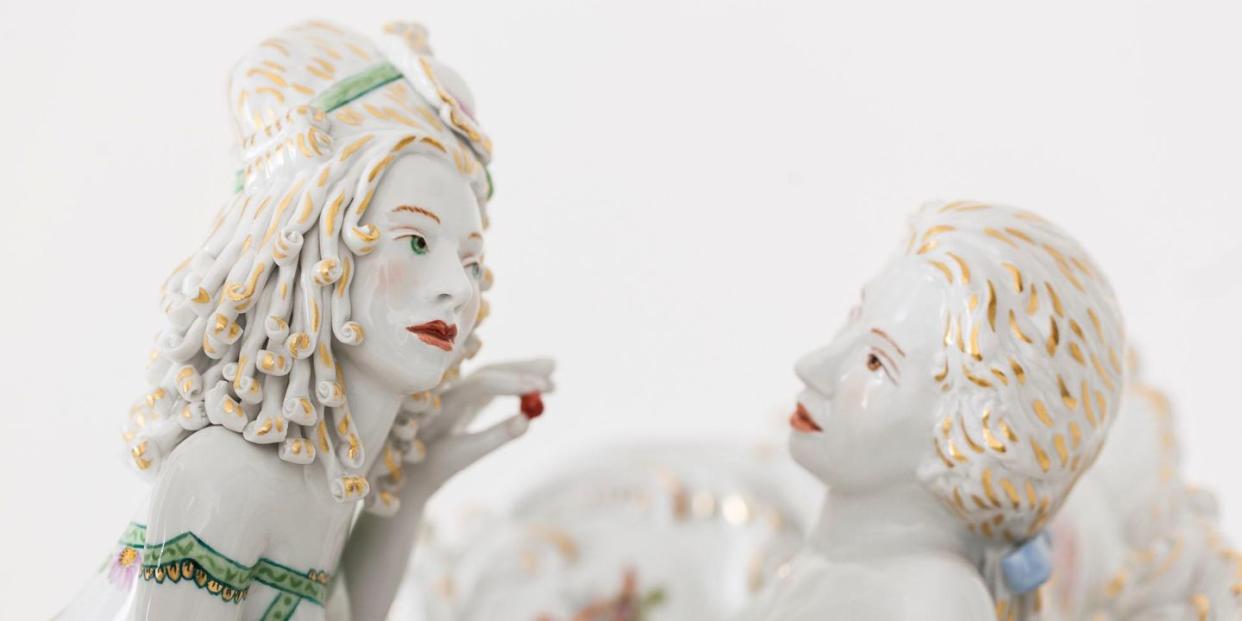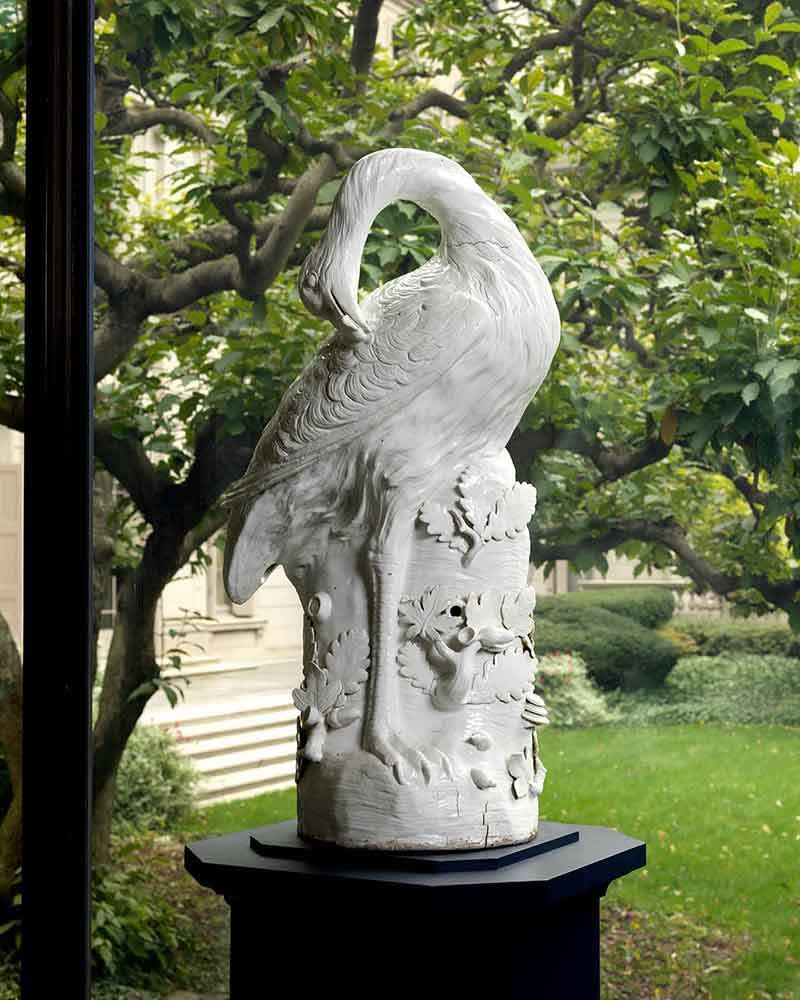The Priceless Wisdom of Meissen Porcelain

The year my late grandfather Henry H. Arnhold introduced me to The Great Bustard, the most prized object in his collection of Meissen porcelain, I started glassblowing. His mother had begun collecting Meissen in Dresden in the early 1900s, and preserving and expanding her collection was his great passion. Today it’s recognized as the most important private collection of Meissen in the world.
At his New York apartment, porcelain was displayed floor to ceiling, wall to wall. Each time I visited, he asked me to pick a favorite. It was always The Great Bustard, a stunning life-size bird with its head delicately curved over its wing.

It had belonged to Augustus the Strong, the 18th--century monarch whose patronage made global an ancient Chinese art form. Glassblowing is itself an old craft, developed in Syria 2,000 years ago, and I always looked forward to sharing my work with Henry.
Proud as he was of my pursuit, he didn’t hesitate to share his opinions. I remember arriving at his apartment one evening and presenting him with a gray vase I’d made. He said the color made him feel sad. So the next week I showed up with six vases in shades of bright yellow and orange. These he displayed on a pedestal next to The Great Bustard, facilitating a dialogue between my admittedly amateurish glass vases and a 300-year-old masterpiece.
I witnessed a similar exchange at the Homo Faber exhibit in Venice earlier this year, where I was introduced to the work of Chris Antemann, an American ceramicist who was granted rare access to the Meissen factory.

Her sensual, daring pieces, all made using original molds, connect 15th-century China, 18th-century Europe, and today. Art, I’ve realized, is about conversations like these—across eras, across cultures, across geographies—that enable new creations to spring from the old. A rich tradition, Henry knew, can be preserved only by evolving.
This story appears in the October 2022 issue of Town & Country. SUBSCRIBE NOW
You Might Also Like
